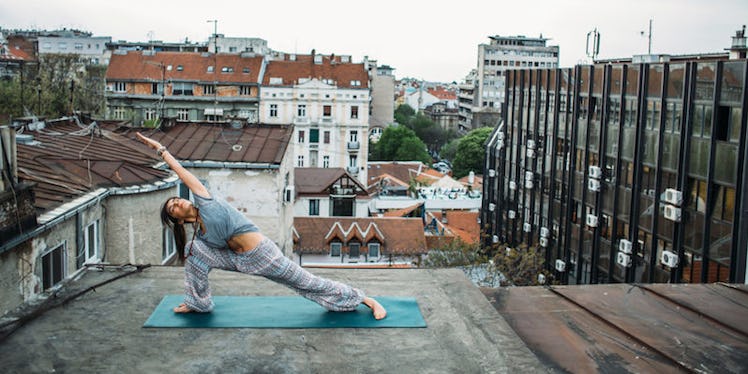
3 Ways To Choose Between Yoga And Pilates When Setting Summer Fitness Goals
As two of the most highly favored exercise regimes at present, yoga and pilates have entirely fascinating and different backstories. One has a 5,000-year history in the Southeast Asian regions of the world, and the other is considered a wayfaring, European-based workout practice.
Yet, in spite of their many benefits, which of them is a better fit for you in the long run? So, you've done your fair share of research, and you've read a plethora of great articles about which workout plan is the better one of the two, but you still can't decide.
Your final decision will most likely rest on the results you'd like to attain. Here are three ways to figure this out:
1. Set and break down your goals.
Think about whether or not you're in need of some sort of mental or emotional rehabilitation. On one hand, pilates has been a proven and tested technique to recuperate from injuries and minimize physical discomforts. On the other hand, yoga is repeatedly hailed as a component for mental and emotional recovery.
Practicing yoga will help regulate your hypothalamic-pituitary-adrenal axis, which controls hormone levels, and it will slow down your sympathetic nervous system, which helps in reducing stress. Seasoned yoga teachers will be able to provide their professional opinions to students with back dilemmas as well.
Determine whether firming and fortifying your physique is a major concern to you. Both pilates and yoga do wonders for strengthening all kinds of muscle groups within your body, but pilates is more inclined to have a considerable focus on muscle-toning. If you are striving to drop serious pounds, you could test pilates workouts that make use of a variety of machines. This can intensify the fitness and cardio components of your poses and, in turn, will help you burn more calories.
Think about whether the quest for spirituality is something you would want out of a workout regimen. Yoga dates back to ancient times, and it frequently involves delving into one's spirituality. A very large part of yoga is meditation.
Both yoga and pilates include the alignment of the mind and body, but pilates is not as centered on the spirit as yoga is. However, if spirituality is not really your thing, you can also look for more secular yoga classes.
2. Comprehend the main differences between the two.
Do your research on yoga and pilates, and assess the similarities and differences. See how they can complement your needs.
Reading up online about how yoga and pilates can cater to your specific needs, as well as discovering the origins and differences between the two practices, can definitely help fine-tune your decision-making process.
3. Try them both out.
Try both practices out in the comfort of your home. Although it's hardly possible to get the complete pilates experience at home, you can get an inkling of what it can be like.
One thing to keep in mind, though, is you can't get full use of the machines from at-home pilates. In the case of yoga, on the other hand, nothing more than a little extra space and free time is needed. This makes it an ideal exercise to get started with.
Purchasing a mat may be helpful, but it's unnecessary. Log on to YouTube for tutorial videos. This will enable you to get a feel for both practices.
Seek and attend both pilates and yoga classes, and see which one is a better fit. For the full yoga or pilates experience, it's always a good idea to spend some time at classes. Search for classes that provide free sessions for newbies. Once you attend a few quality yoga and pilates classes, you should be able to conclude which of the two is a better fit for your needs.